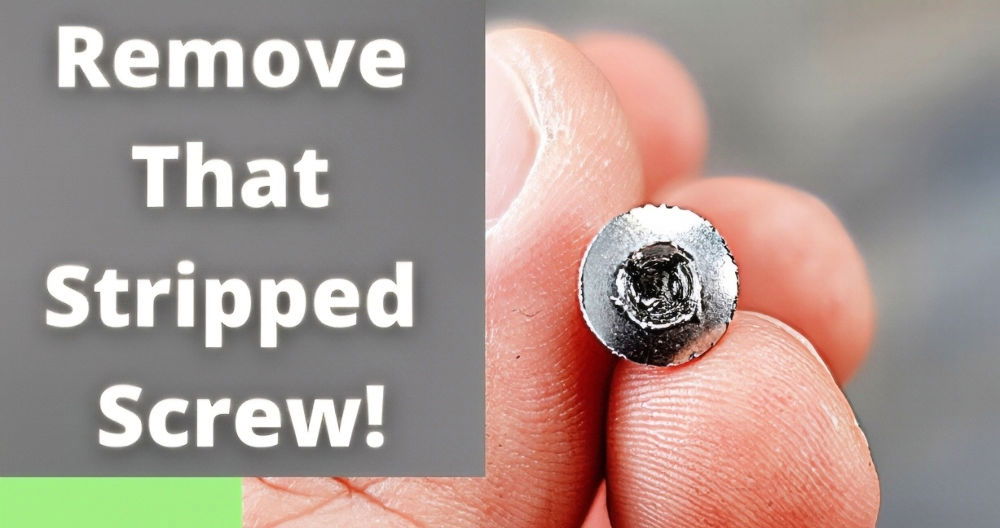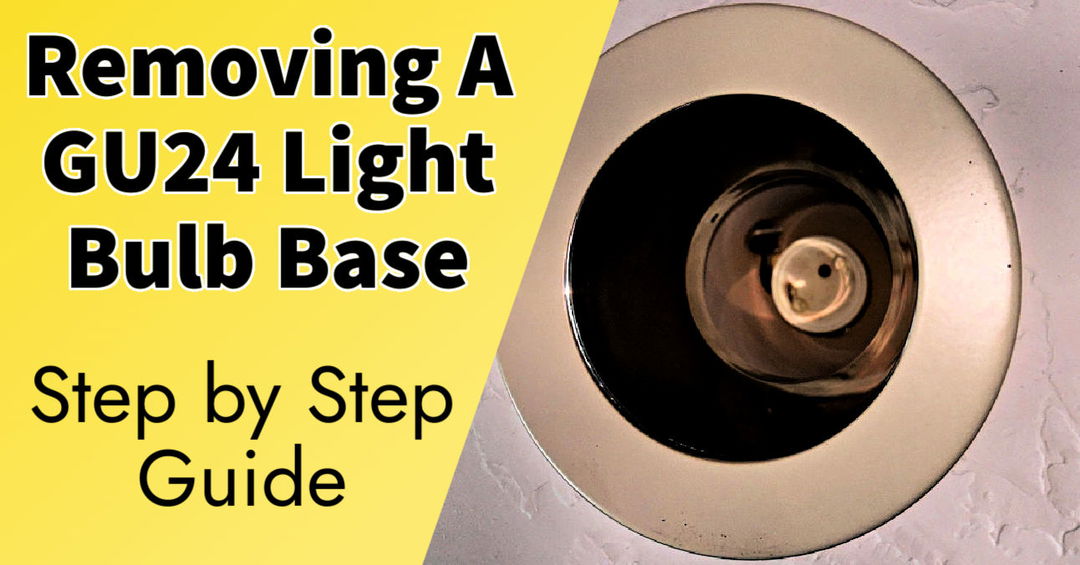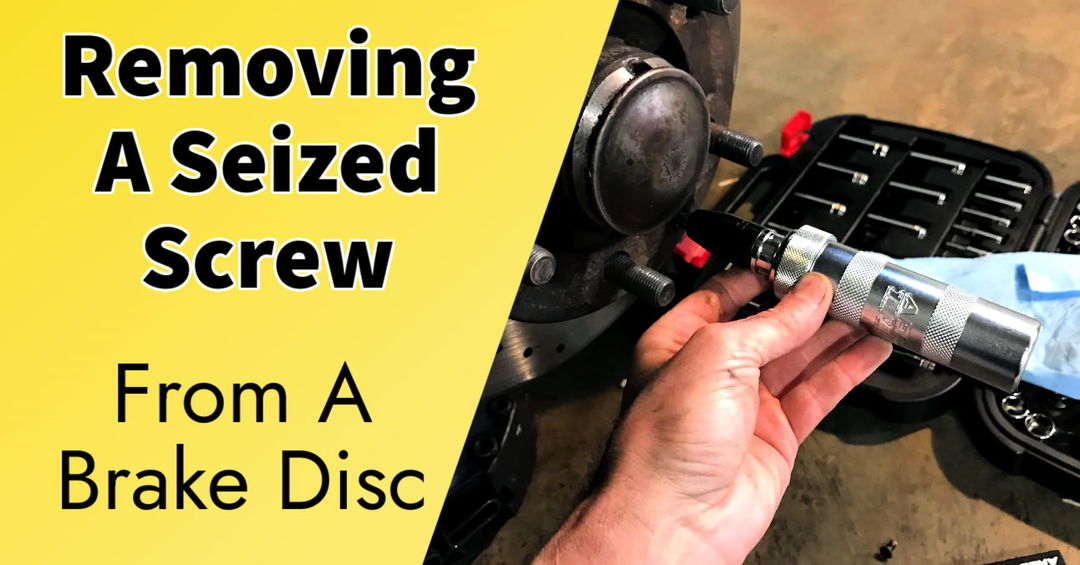Have you ever returned home from a shopping spree only to realize the store forgot to remove a security tag from one of your new items? It's a frustrating and inconvenient experience that many shoppers have encountered. Whether the store was too busy or simply made a mistake, the good news is that you don't necessarily have to drive all the way back to the store. With the right method, you can safely remove a security tag at home.
Before we dive into the details, a very important disclaimer: Only use these methods if you have legally purchased the item and have the receipt as proof. Removing a security tag from stolen items is illegal, and this guide is not intended to support illegal activities. If a store forgot to remove the tag, it's always best to go back and have them do it for you. This article is here for those times when returning to the store isn't feasible.

What is a Security Tag?
A security tag is an anti-theft device used by retailers to deter shoplifting. It's often attached to clothing, shoes, and other high-value merchandise. These tags come in different shapes and sizes, but they all have the same basic purpose: setting off alarms if someone tries to leave the store without paying for the item. Many security tags contain ink, which can permanently damage the clothing if tampered with incorrectly.
There are several types of security tags, but the most common ones include:
- Hard Tags: These are the bulky plastic tags often seen on clothes. They are usually secured with a pin and require a special tool to be removed.
- Ink Tags: These tags contain a small capsule of ink. If you try to forcibly remove the tag, the ink will burst and ruin the item.
- Magnetic Tags: These tags are locked with a strong magnet, and stores use a magnetic detacher to release them.
Now that you know what you're dealing with, let's move on to the methods you can use to remove a security tag at home.
Why You Might Want to Remove a Security Tag at Home
As mentioned earlier, sometimes stores forget to remove security tags even after you've paid. Here's a quick summary of a real-life scenario to illustrate the situation:
A shopper and his wife went on a shopping spree, snagging some great deals at a department store. When they got home, they realized that the store had left security tags on five of their purchased items! Going back to the store wasn't an appealing option, considering it would have required a two-hour round trip. Luckily, thanks to a bit of knowledge from previous retail experience, the shopper knew how to safely remove the tags at home.
Essential Tools to Remove Security Tags
Before you begin the removal process, it's essential to gather some common household items to help with the removal:
- Plastic Grocery Bag: A simple plastic bag can do wonders when used correctly. It's the primary tool for one of the easiest methods.
- Rubber Bands: If you don't have a plastic bag, a thick rubber band can also do the job.
- Strong Magnet: For magnetic tags, a strong magnet can help release the lock.
- Pliers or Scissors: These tools can be used to apply pressure or cut through certain parts of the tag.
- Lighter (Optional): Be cautious with this method. It involves heat to weaken the plastic casing of the tag.
- Screwdriver: A small, flat-head screwdriver can help pry open parts of the tag.
Step by Step Instructions
Learn how to easily remove a security tag at home with these simple step-by-step instructions, ensuring safety and avoiding damage.
Method 1: The Plastic Bag Trick
This method is perfect for removing a hard tag without damaging your clothing. Here's how to do it:
- Position the Bag: Take a plastic grocery bag and thread it through the gap between the tag and the clothing. Pull it tight so that the bag wraps around the pin inside the security tag.
- Secure the Bag: Wrap the plastic bag around the tag several times. You want to make sure it's tight so that it doesn't slip when you start pulling.
- Twist and Pull: Start gently twisting the tag while keeping the plastic bag snugly in place. You may hear popping sounds as the tag starts to loosen from the grooves inside.
- Repeat if Necessary: Don't be discouraged if the tag doesn't come off after just a few twists. It can take 10-15 loops of the bag around the tag before it pops off completely.
- Remove the Tag: Once the tag is loose enough, it should come right off with minimal force.
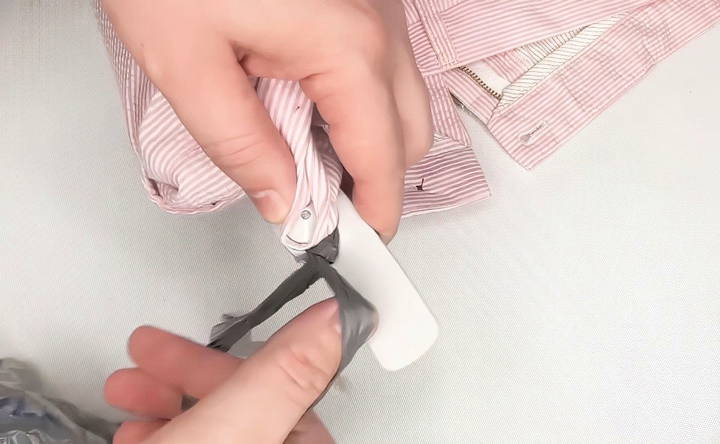
This method works well because the plastic bag creates enough friction to weaken the pin holding the tag together. Just make sure to stay patient, as it may take a few tries before the tag finally comes off.
Method 2: Using a Rubber Band
If you don't have a plastic bag, a rubber band can work just as well. Here's how:
- Get a Thick Rubber Band: You'll need a durable, thick rubber band to provide enough tension.
- Wrap the Band: Wrap the rubber band around the pin area of the security tag, placing it tightly between the tag and the fabric.
- Twist and Wiggle: Once the rubber band is in place, twist and wiggle the tag gently. The rubber band's tension should loosen the tag, much like the plastic bag method.
- Pry Open if Necessary: If the tag doesn't come off easily, you can use pliers or a flat-head screwdriver to pry open the casing gently.
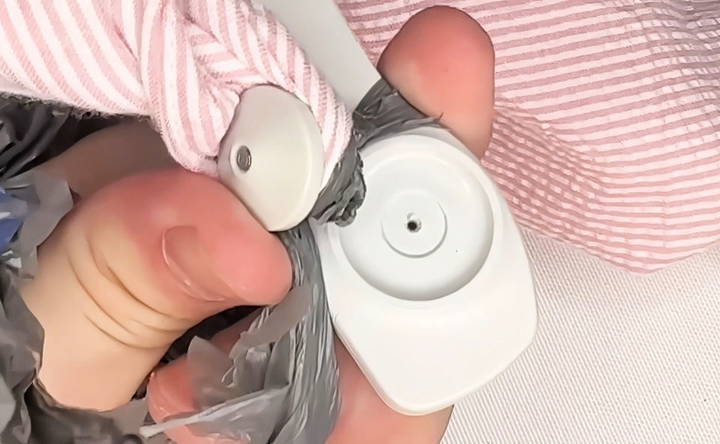
This method works because the rubber band creates friction and helps to weaken the mechanism inside the security tag.
Method 3: Using a Strong Magnet
Many security tags are magnetic, which means that a strong magnet can be used to release them. Here's what to do:
- Get a Strong Magnet: You'll need a magnet that's powerful enough to interfere with the locking mechanism. Neodymium magnets are ideal for this purpose.
- Place the Magnet on the Tag: Hold the magnet firmly against the bulkiest part of the security tag (the area with the pin).
- Apply Pressure and Rotate: While holding the magnet in place, apply gentle pressure and twist the tag to release it. The magnet should disengage the locking mechanism, allowing you to remove the tag.
Be careful when using a magnet, as some tags are designed to resist magnetic tampering. However, for many hard tags, this is an effective method.
Method 4: Using Pliers or Scissors
If the above methods don't work or if you have a particularly stubborn tag, you can use pliers or scissors to force the tag off. This method is more aggressive, so proceed with caution:
- Secure the Tag: Hold the security tag firmly in place with your hands or place the item on a flat surface.
- Cut the Tag: Using a pair of strong scissors or pliers, cut the plastic casing of the tag near the pin.
- Remove the Pin: Once the casing is cut, use the pliers to pull the pin out carefully.
This method can be risky, especially if the tag contains ink. Make sure you check the tag before cutting, as this method might not be suitable for all types of tags.
Method 5: Heating the Tag with a Lighter
The lighter method is another way to weaken the plastic casing of a security tag:
- Use a Lighter Carefully: Hold a lighter flame to the round, dome-shaped part of the security tag (be very cautious to avoid burning the clothing itself).
- Melt the Plastic: Allow the plastic to soften slightly. Do not overheat, as this can damage the item.
- Pry the Tag Open: Once the plastic has softened, use a flat-head screwdriver or pliers to pry the tag open.
This method should be your last resort, as applying heat can be risky and might damage your clothes if you're not careful.
Precautions and Things to Avoid
- Do Not Use Force: Applying too much force can cause the tag to break, releasing ink or damaging your clothing.
- Avoid Damaging the Item: Always make sure to secure the clothing while removing the tag to prevent accidental tears or burns.
- Check for Ink Tags: Ink tags are particularly tricky because the ink can ruin the item. If the tag contains ink, it's best to take it back to the store for professional removal.
Final Thoughts
Removing a security tag at home can be done if you use the right techniques and tools. The plastic bag method, rubber band trick, or strong magnet are all effective ways to remove hard tags safely without damaging your clothing. Just remember to stay patient and avoid using excessive force, especially if you're dealing with ink tags.
However, the safest and most straightforward solution is always to return to the store with your receipt and have them remove the tag for you. If that's not possible, these methods should help you remove the tag without hassle.
And there you have it! A comprehensive guide to safely removing security tags at home. With the right tools and techniques, you can save yourself a trip back to the store and enjoy your new purchases worry-free.
FAQs About Removing Security Tags from Clothing
Discover essential FAQs about removing security tags from clothing and ensure a smooth shopping experience with our expert tips and guidelines.
If the tag doesn’t come off, try increasing the tension on the plastic bag or rubber band. Make sure you’re wrapping it tightly around the pin or needle inside the tag. Patience is key—it can take multiple wraps (sometimes over 10) before the tag loosens.
Be extra cautious with ink tags, as tampering with them can cause ink to spill and ruin your clothing. Wrap the item carefully and keep the fabric away from the tag as much as possible. Some users recommend returning to the store if you’re unsure how to proceed.
Typically, removing the tag at home won’t set off an alarm. In many cases, the tag may already be deactivated if you’ve legally purchased the item. However, some stores' tags are faulty, and alarms can malfunction even at checkout.
Yes, alternative methods like using a strong magnet, rubber bands, or even a pair of pliers can work for some tags. However, these methods require caution to avoid damaging the clothing, especially if ink is involved.
If you're unable to remove the tag after trying multiple methods, it might be best to contact the store. Some retailers may offer solutions, such as mailing the item back or providing a store closer to your location that can help.
It depends on the type of tag. Some tags are secured by stronger locking mechanisms, and others might be easier to disengage. Tags on thicker fabrics or those with multiple components may also take more effort.
No, while the plastic bag method works for many tags, some may require different approaches, such as using magnets or pliers. Ink tags, in particular, require more caution, and results may vary depending on the tag's construction.










